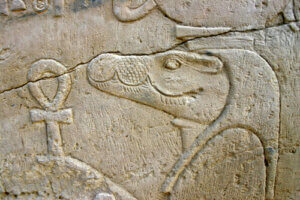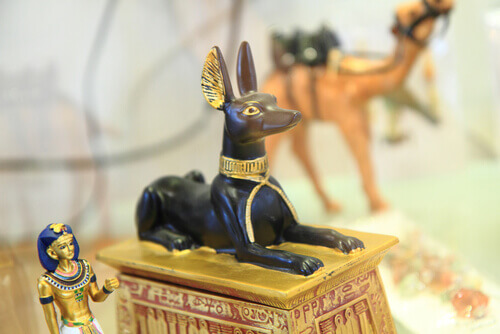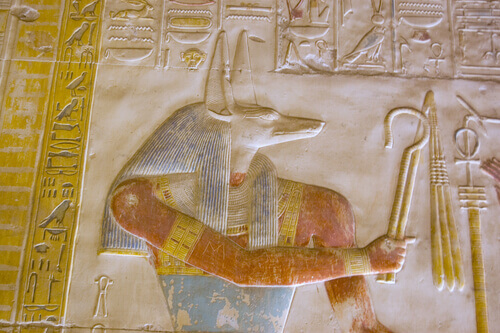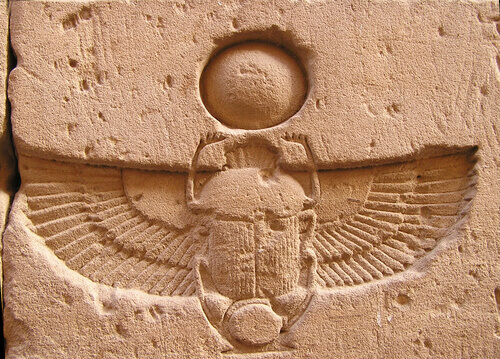5 Sacred Animals of Ancient Egypt

Ancient Egypt was polytheistic, believing in a large number of gods. You could see these deities in the temples through hieroglyphics and different powers were attributed to them. In this article, we’ll tell you curiosities about some of the sacred animals of Ancient Egypt.
What were the sacred animals of Ancient Egypt?
The people of the time considered many species to be deities and to have certain abilities. They were venerated and temples were built in their honor. These are five of these sacred animals of Ancient Egypt:
1. The crocodile
It’s one of the most famous inhabitants of the Nile River, and also known since ancient times. The crocodile – which appears in the above photo – represented the god Sobek and was revered by men; many specimens were even mummified. This deity was related to fertility, as well as to the power of the Pharaoh.
For some Egyptians, dying in the jaws of a large reptile was an honor. Some kept them as ‘pets’ in their homes, and even today, fishermen perform different rituals before setting sail with their boats to avoid encountering one.
2. The falcon
This bird represents the god Horus and is another of the sacred animals of Ancient Egypt, among the most famous. It’s considered the creator of civilization, related to the sky, war, and hunting, and was the son of Isis and Osiris.

From Horus comes the legend of the eye – a popular symbol with magical, purifying, and healing characteristics.
In the wild, the falcon is among the fastest birds on the planet, thanks to its fine wings. The species known as the peregrine falcon can reach 223 mph in swooping flight.
3. The cat
Undoubtedly, the cat is one of the sacred animals of Ancient Egypt, as people considered it to be a link between the earth and the sky. The Pharaohs buried them with honors when they died and they were said to be very spiritual beings.

4. The jackal
This animal is associated with Anubis, the god of the necropolis and the protector of embalming. This deity was in charge of accompanying the deceased to weigh their heart before entering heaven at the judgment of Osiris. On one of the plates of the scales, the organ representing morality was placed, and, on the other the feather of Maat, symbol of truth and justice.

the jackal
5. The beetle
The last of the Ancient Egyptian sacred animals on this list is related to the god Jepri, of the sun at dawn, as one of the manifestations of Ra (the ‘father’ of all gods). The scarab appears not only on temples and papyri, but also on Egyptian jewelry.

The legend has to do with the dung beetle, which, at dawn, rolls a ball of dung with its legs. The Egyptians related that sphere to the sun because of the time of day when the insect’s activity begins. And so they represent it with a circle on its head.
Of course, this civilization had many more sacred animals. Among them, the cow (goddess Hator), the lion, the scorpion (goddess Serket), the snake, the bull (god Apis), and the hippopotamus (goddess Taweret).
This text is provided for informational purposes only and does not replace consultation with a professional. If in doubt, consult your specialist.